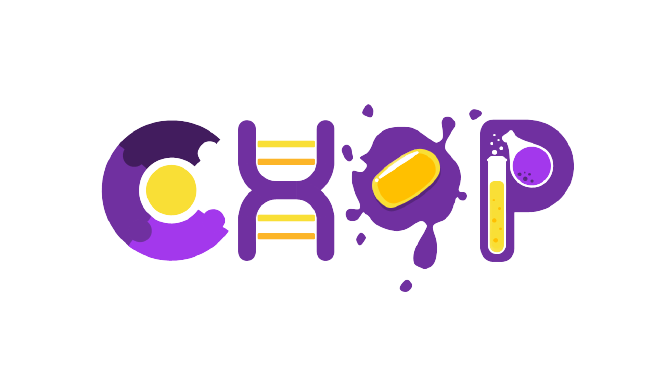Difference between revisions of "Part:BBa K4080012"
| Line 16: | Line 16: | ||
===Result=== | ===Result=== | ||
| + | Characterization of the TEV protease expression in this project is represented by two different pathways. This construct aims to express TEV protease through the Sec pathway in both constitutive promoter (universal system) and T7 promoter (T7 system). | ||
| + | [[File:T--UBrawijaya--Result--TEVproteaseSec.png|thumb|center|<b>Figure 1.</b> Electrophoresis of inserts TEV protease through sec pathway represent 965 bp (160.588 ng/µL) as the result of universal expression construct and 951 bp (124.488 ng/µL) as the result of T7 expression construct. This result comes from an optimization gradient PCR of 10 µL, it also shows 72oC as the optimal temperature for the annealing process with thin other bands of impurities. Nanodrop = 105.26 ng/µL]] | ||
| + | |||
| + | <b>Cell transformation with TEV protease fusion Sec pathway</b>. | ||
| + | Other competent cells with TEV protease fusion as one of the building parts of the main construct are transformed to BL21 and BL21(DE3) cells; this mechanism works through the Sec pathway (both universal and T7 expression). | ||
| + | [[File:T--UBrawijaya--Result--Petridish--TEVproteaseeCPXSec.png|thumb|center|<b>Figure 2.</b> The results of the 30 g/mL kanamycin antibiotic screening which had been diluted 10-5 to all the samples; Fig. 2A represents BL21 transformation with TEV protease-eCPX fusion through Sec pathway; Fig. 2B. Represents Transformation BL21(DE3) with pSB1K3 (insert with TEV protease in T7 expression system) through Sec pathway.]] | ||
| + | |||
| + | <b>The influence of incubation time on competent cell growth</b>. | ||
| + | Finding out the optimum incubation time is important to manage the cell work in maximum capacity and ideal condition. The graph below shows the influence of incubation time on the number of different competent cells. | ||
| + | [[File:T--UBrawijaya--Result--Absorbance.png|thumb|center|<b>Figure 3.</b> The graph represents the effect of incubation time on the number of cells BL21 and BL21 (DE3). These data show that the incubation time is proportional to the increasing number of cells (the longer the incubation time, the more cells formed). The graph also represents a large number of expressed protein phases. This data needs to be supported with SDS-PAGE]] | ||
<!-- Add more about the biology of this part here | <!-- Add more about the biology of this part here | ||
Latest revision as of 18:53, 21 October 2021
Sec system (PhoA), TEV protease with T7 expression
T7 expression systems are capable of producing a wide range of proteins in E. coli. TEV protease is a display protein of interest used to measure the yield of protein produced by the system. This composite is one of two that will be working to generate a TEV protease. This composite is expressed extracellularly through the Sec pathway. Characterization of two expression systems (between universal and T7) is measured to ensure great efficiency of expression. Characterization of the overall system contributes to improving the new era of protein overexpression.
Introduction
|
UBrawijaya iGEM 2021 project CHOP systemis an outer membrane vesicle based protein overexpression system that includes three goals towards producing a blueprint for an ideal protein production system. This project can be customized because the system can be adapted with various proteins of interest, the overexpression system that can increase protein yield, and the clean harvest with simplified purification steps that is equipped with a protease enzyme expression mechanism in the concentrated system - from vesicles and cell pellets. |
This composite aims to expressed TEV protease through T7 promoter and translocates TEV protease across the cell membrane and out of the cell through the Sec pathway under PhoA signal sequence
Result
Characterization of the TEV protease expression in this project is represented by two different pathways. This construct aims to express TEV protease through the Sec pathway in both constitutive promoter (universal system) and T7 promoter (T7 system).

Cell transformation with TEV protease fusion Sec pathway. Other competent cells with TEV protease fusion as one of the building parts of the main construct are transformed to BL21 and BL21(DE3) cells; this mechanism works through the Sec pathway (both universal and T7 expression).

The influence of incubation time on competent cell growth. Finding out the optimum incubation time is important to manage the cell work in maximum capacity and ideal condition. The graph below shows the influence of incubation time on the number of different competent cells.

Sequence and Features
- 10COMPATIBLE WITH RFC[10]
- 12COMPATIBLE WITH RFC[12]
- 21COMPATIBLE WITH RFC[21]
- 23COMPATIBLE WITH RFC[23]
- 25COMPATIBLE WITH RFC[25]
- 1000COMPATIBLE WITH RFC[1000]

